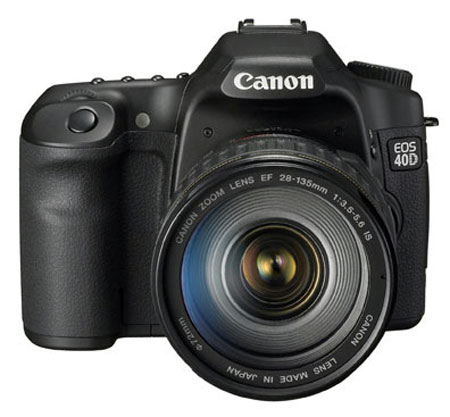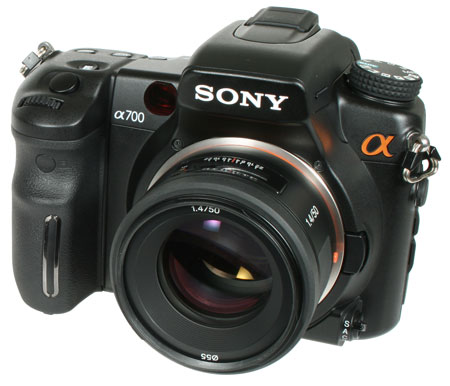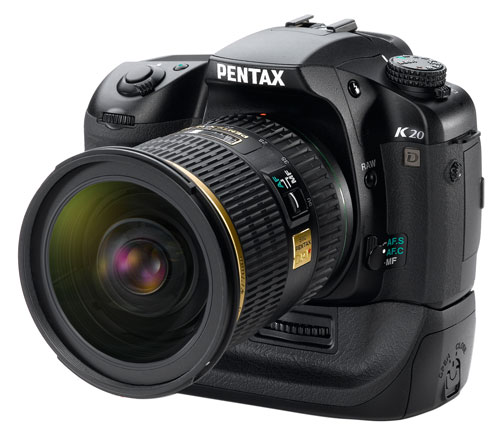How does Noise Reduction Work?
If you have ever looked closely at the lower noise images from a Nikon or Canon camera, you will notice that lower noise at high ISO is something of a balancing act. Low noise is normally achieved at the expense of loss of detail in high ISO images. The low-noise appearance is the result of smearing and softening details and sharpness, and the effectiveness of the noise reduction is really very subjective. It is a balancing act between sharpness on the one hand and noise on the other. It is even more complicated than this as noise reduction can be applied in both Chroma and Luminance dimensions and the impact of each is different. However, in the end noise reduction is always a balance between loss of detail and visible noise.
There have been many software noise reduction software programs in recent years, but most have left us with the impression that it was just as easy to live with the noise as it was with the soft smeared images of noise reduction software. Perhaps this is the result of viewing the effects of noise reduction software on Canon and Nikon digital images. As some review sites point out endlessly, Canon and Nikon understand high ISO noise and they do a good job with in-camera JPEG processing of reaching a compromise between noise and sharpness. Conversely, these same review sites endlessly point out that Sigma, Pentax, and Olympus (until recently) have noise problems and don't correctly process images. Olympus has apparently seen the noise processing light since recent Olympus model JPEG images are actually now sharper and lower noise at high ISO speeds than the RAW images captured under the same conditions. We have seen this ourselves, and so have several other respected camera review sites.

As explored in the Digital Sensor, one great appeal of the CMOS sensor over the CCD is the ability to combine noise reduction and other processing on the sensor itself. Canon has enjoyed this advantage exclusively until recently, and Canon has also been widely praised for the exceptional low-noise of their high ISO images compared to every other manufacturer in that period. The fact is Canon has used noise reduction in processing RAW and JPEG files on their image sensors. Now Sony and Nikon are doing the same in the D300 and A700 model CMOS sensor.

Sony engineers had to be scratching their head when they saw recent reviews of the A700 that screamed about noise-processing in their RAW images. The Nikon D300 is the same sensor that has noise reduction built onto the sensor just as Canon CMOS sensors do. We suppose Sony got the temper tantrum because they weren't Nikon, and because they were not as subtle as Nikon in their discussion of sensor technology. Also, in fairness to the noise reduction complaints in some reviews, the supporting Sony BIONZ processing was not very subtle compared to the EXSPEED circuitry used by Nikon. Sony has subsequently refined their post processing with firmware upgrades to the A700.

Regardless, the fact remains that Canon, Nikon, Sony, and Olympus all likely employ noise reduction in the creation of their RAW files with their CMOS sensors, and certainly they do so in the conversion to JPEG files. Sigma uses almost no noise reduction in their file conversion, and Pentax uses very little noise reduction in their in-camera JPEG processing, which is why Pentax reviews always suggest shooting RAW. The Pentax image-processing software (Silkypix) and Photoshop RAW processing certainly do employ more noise reduction than Pentax does in-camera, and thus yield better appearing images at high ISO.










61 Comments
View All Comments
whatthehey - Monday, July 28, 2008 - link
Is it just me, or is the whole point of that DPreview article just a way to try and get people to purchase the training course off of the linked website?I also have to wonder at the number of "new" users commenting on the photography articles. I recognize some of the names, but the vast majority appear to be people that have only registered to complain about this one article. Anyone want to bet that several of these "anonymous" users happen to write for other websites? "Bitch bitch bitch, moan moan moan, you guys aren't like DPreview, which is just awesome! [link]"
-----
FYI, this is more a comment on the original poster and is not meant as an attack on kmmatney or yyrkoon, who are at least regulars here as I see posts from them all the time. It appears half of the commenters are relative unkowns. As for me, I tend to lurk more than post, but if you look around at previous articles, I've been here for about a year now and appreciate the variety of articles. It would be interesting to see a comparative review of several of the top noise removal programs, including customized results rather than just blanket "remove noise everywhere" auto settings.
yyrkoon - Monday, July 28, 2008 - link
It would be nice if people like you would stop telling others what they should / should not do. If you do not like their 'photography' article(which I would probably consider this more of a retouching article), then do not read them.aguilpa1 - Monday, July 28, 2008 - link
the big sensor helps the D3 considerably at high ISO but there is a great deal of luminance noise in the picture that is characteristic of Nikon cameras that focus mainly on chroma noise reduction. This makes the picture grainy but not blotchy colored (chroma noise)which is more acceptable but its not a smooth toned image. Most professional digital SLR's can achieve similar results although with luminance noise reduction applied to RAW in post processing and not in camera as Nikon does.gmarcus - Monday, July 28, 2008 - link
To make a clear example of the noise processing, you should show a cutout of the main picture at full resolution. At the image size shown, it is not possible to see the noise effect. Also, as mharris points out, the JPEG compression kills all in the comparison.I also think you can check other Noise Reduction tools, like Noise Ninja.
Wesley Fink - Monday, July 28, 2008 - link
1:1 crops from a larger image, with and without Noiseware processing, are shown on pages 7, 8, and 9. Clicking on any smaller image brings up the full image, with and without processing.The full ISO range was included for comparison, although we would never recommend using software noise reduction on lower ISO images. As stated in the article all noise reduction is a balancing act between image detail and softening/smearing. If you don't like the Noiseware auto processing you caa fortunately dial in other presets with different NR parameters or create your own based on parameters that are most important to you as a photographer.
I found Noiseware to be an extremely useful and flexible tool, but there are many other noise reduction programs and plug-ins available.
Wesley Fink - Monday, July 28, 2008 - link
We did try Noise Ninja on the SD14 images. The results were very poor. This article was not conceived as a comparison of all the available software noise reduction programs or plug-ins. The idea was to show that post-processing can sometimes salvage high-noise images.Noiseware also worked best on the images that needed the most help. Used sparingly software noise reduction like Noiseware can be a useful tool. This is particularly true with images from cameras like the SD14, K20D, and A350. At the other end of the spectrum is a camera like the Nikon D3, with exceptionally low noise at high ISO.
sejer - Monday, July 28, 2008 - link
I just tried running Noise Ninja on your original with the Sigma SD14 profile from picturecodes homepage, and i must say that it gives a much better result than what you show here.I don't understand why you say that it gives poor results. With default settings it gives much more detail, and if i want the "plastic look" that you show in your examples it's just a matter of cranking up filter strength and smoothness...
yyrkoon - Monday, July 28, 2008 - link
I would have to agree with others here in that the reduced noise images look terrible in a lot of cases - especially the shots with water in them. However, some people here may fancy themselves professional photographers, but its obvious they know very little about image retouching. Point #1, if you care about an image you NEVER use a filters auto settings UNLESS they just so happen to work the best(very rare). Point #2 - a professional image retoucher will hardly ever use a single layer when 'correcting' an image. You keep the original layer, apply separate filters to copies of the original, and blend as appropriate.I would however have to disagree that noise ninja would do a worse job here. Noise ninja is known as one of the best noise filters out there, and from personal experience I'd have to agree. It however is *not* the end all be all of image retouching, and does require some finessing. Either way, running noise filters on a JPEG image is NOT the way to go . . .
yyrkoon - Monday, July 28, 2008 - link
Oh, and I just noticed that a lot of that 'smearing' people were talking about was actually done in camera. Take another look if you do not believe me.strikeback03 - Monday, July 28, 2008 - link
I bought Neat Image primarily because when I was shopping they were the only one to offer a useful trial. I'm happy with the results.